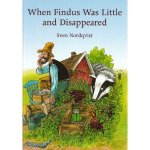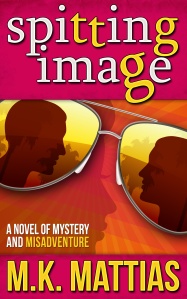This past Thanksgiving holiday I was put out of action by a dodgy knee while my nearest and dearest slithered down the slopes. It was not all bad, because I got the chance to read Wired For Story by Lisa Cron (with nary an interruption—bliss!). Drawing on neuroscience, Lisa Cron contends that our brains crave story, because story is what helps us survive and thrive. A good story engages our brain in a pleasurable and rewarding way, and therefore we want more of it.
So what makes a story good?
Lots of things, but—surprisingly—none of them have to do with beautiful writing.
This is not to say that you shouldn’t write as well as possible, but beautifully wrought sentences are certainly not required to hook the reader. Just think of some of the bestsellers you have read over the years where the writing is more prosaic than poetic. Dan Brown’s Da Vinci Code comes to mind, and apparently it’s the same with E L James’ Shades of Gray (I haven’t read it yet), and no doubt with a slew of other bestselling novels. What makes these books irresistible to the reader is not gorgeous writing, but—repeat with me—a good story.
This may come as a shock to anyone going through an MFA program that emphasizes style, often at the expense of story. But without a good story, beautiful is boring. Just ask the MFA student Cron mentions who was reduced to tears by the mind-numbingly boring books she had to read for her courses. I’m sure most of us have read, or were forced to read, books that didn’t have much to say by way of story, but said it beautifully anyway. Story is what drives the whole thing, and unless you get it right your reader may well end up crying with boredom, no matter how many hours you labored to find the perfect metaphor to describe the exact sensation of a grape bursting in your mouth.
So what is story? Well, it’s not plot. Plot is simply what happens.
Lisa Cron argues that a book can still tell a riveting story without much of a plot (i.e. without much external action). Story is how what happens affects your protagonist. Everything that happens, every detail you include, must in some way affect the protagonist. Which brings me to another problem area she identifies: description that does not, in some essential way, pertain to the protagonist’s story.
Think about it: which parts of a novel do you tend to skim over? Exactly. Lengthy descriptions of weather, countryside, interiors, battles, clothes. Descriptions that are there just for the sake of it. Just because a spring meadow is colorful doesn’t mean the reader wants to know about every single flower growing in it—unless the flower relates to the protagonist and has a role in propelling the story. Nor do readers care about arcane architectural flourishes—unless, again, they affect the protagonist’s story (think Harry Potter).
Very few writers (including myself) can resist the temptation to describe. At the very least, we feel obliged to drop in serviceable, though mostly pointless, descriptions, because it’s the “writerly” thing to do. Obviously, since a novel doesn’t take place in empty space (and even there you’d be surrounded by stars and planets), it’s important to know where the action occurs. But a brief nod to the surroundings is usually enough to clue in the reader—unless the environment affects the character and becomes part of the story, as it does in novels like Heart of Darkness, The Name of the Rose, and Harry Potter.
Wired for Story not only leads you through all the elements that make a story compelling, but also provides convenient check lists at the end of each chapter. It’s almost like having an editor look over your shoulder! This is one of the few writing books worth reading again and again: before, during, and after your writing project. Lisa Cron presents her advice with wit and the wisdom of many years of teaching, agenting, and consulting—which makes her book not only useful, but also a pleasure to read.
If you are serious about learning or reminding yourself about what makes a good story, do yourself a favor and read her book. You may even end up writing a story, beautifully.
Check our Lisa Cron’s webpage for more information.






